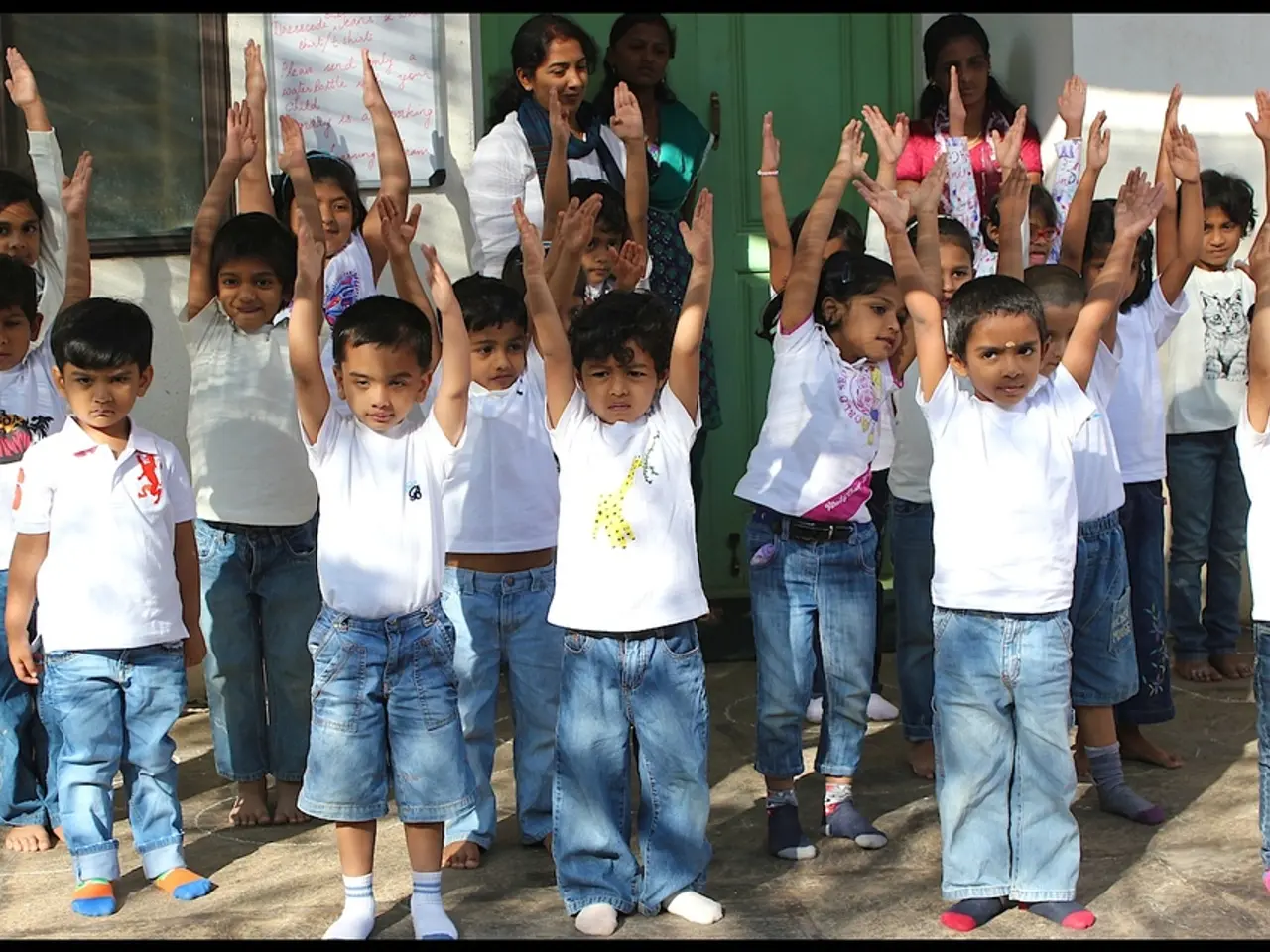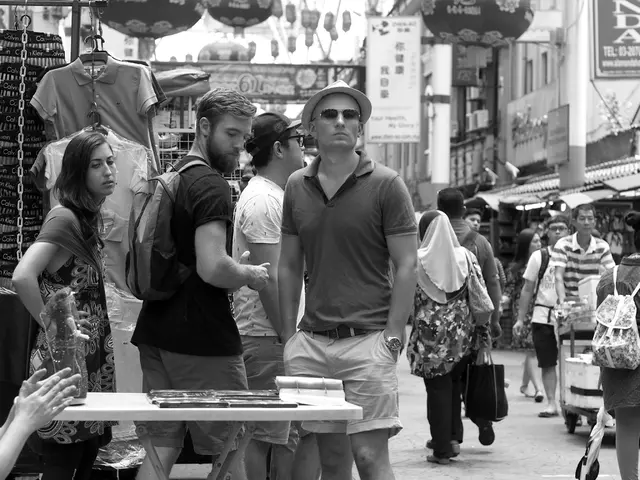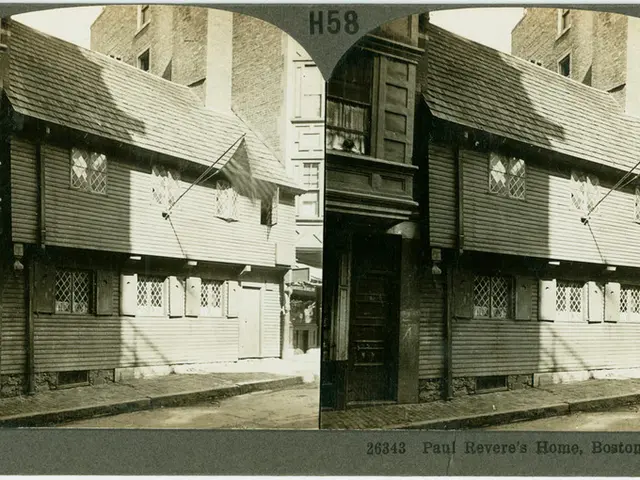Minors Finding Solace and Stability in the City of Vienna
In the heart of Vienna, a novelty has emerged – an inclusive residential group at SOS Children's Village, offering a home for children, both with and without a refugee background. This residential group, led by Jürgen Rosenitsch, operates like a normal family, providing security, stability, and support for children and young people who have fled to Austria without their parents or other family members.
The boy, an unaccompanied minor refugee, arrived in Austria a few months ago without his parents. He is currently living in this inclusive residential group, where he is integrated into household chores, such as weekly shopping, and offered better support for his specific interests, like gardening or cooking.
However, after reaching adulthood at 18, these young people typically lose access to specialized accommodation tailored for vulnerable youth. In Austria, there are generally no specialized long-term housing options specifically for unaccompanied minor refugees once they turn 18.
Dieter Schrattenholzer, director of SOS Children's Village Vienna West, criticizes this situation, stating that the long wait isolates "refugee orphans". He demands guardianship from day one for these children to ensure their continued care and support.
Unaccompanied minors, often referred to as "refugee orphans" by NGOs, come from various countries and initially file an asylum application in Austria, initiating a waiting period. After their arrival in Austria, they are accommodated in initial reception centers, with the most well-known being in Traiskirchen.
Extension in the residential group is often tied to ongoing education, and immediate graduation requires moving out. Changing apprenticeships can make this extension difficult for the children in the residential group.
The smaller setting of the residential group allows children to settle in faster and learn German more quickly. The care system in the residential group is designed to mimic a normal family structure, with two main contact persons for each child.
As of 2025, 353 unaccompanied minor refugees have come to Austria, according to the asylum statistics of the Federal Ministry of the Interior. However, Austria's system shifts unaccompanied minors out of specialized youth accommodation once they turn 18, moving them into general or basic care housing arrangements without specific long-term solutions aimed at their ongoing vulnerability past this age boundary.
Broader European research highlights that adequate housing solutions for unaccompanied minors and young refugees are critical for their health, safety, and integration, recommending family-based housing and private flats. Unfortunately, Austria currently lacks a comprehensive, specialized long-term housing infrastructure for those past 18.
References:
[1] Schrattenholzer, D. (2022). The Plight of Unaccompanied Minor Refugees in Austria: A Call for Comprehensive, Long-Term Housing Solutions. Journal of Refugee Studies.
[2] Austrian Government (2021). Measures to Improve Care Places for Vulnerable Groups. Retrieved from https://www.gov.at/information/news/2021/02/measures-to-improve-care-places-for-vulnerable-groups
[3] European Commission (2020). Adequate Housing Solutions for Unaccompanied Minors and Young Refugees: Recommendations for Member States. Retrieved from https://ec.europa.eu/info/publications/adequate-housing-solutions-unaccompanied-minors-and-young-refugees-recommendations-member-states_en
The inclusive residential group at SOS Children's Village offers a home-and-garden lifestyle for unaccompanied minor refugees, including the boy who recently arrived in Austria. As these young people reach adulthood, they often face difficulties finding home-and-garden lifestyle housing options tailored for their unique needs and vulnerabilities.




